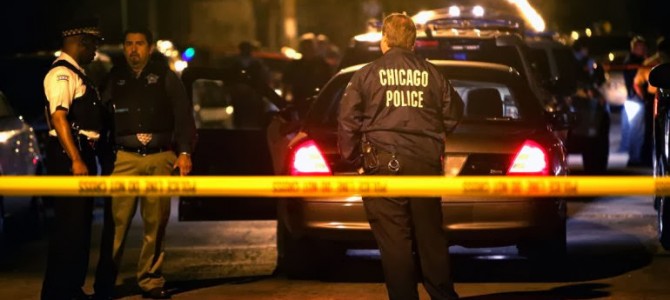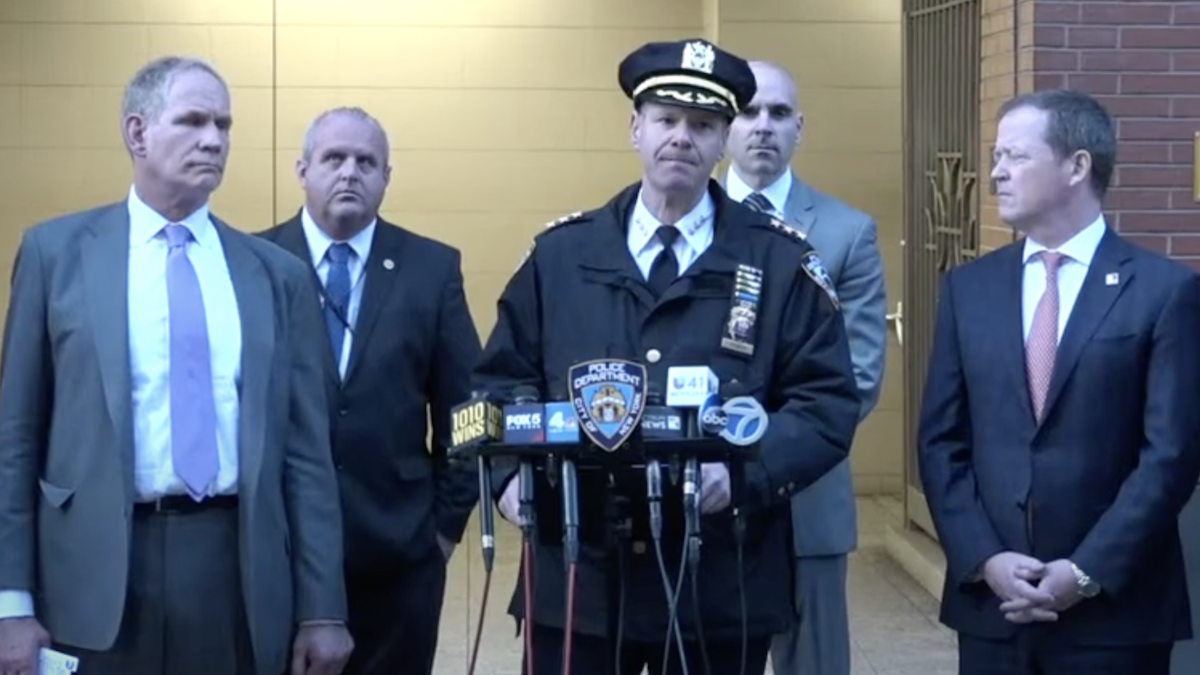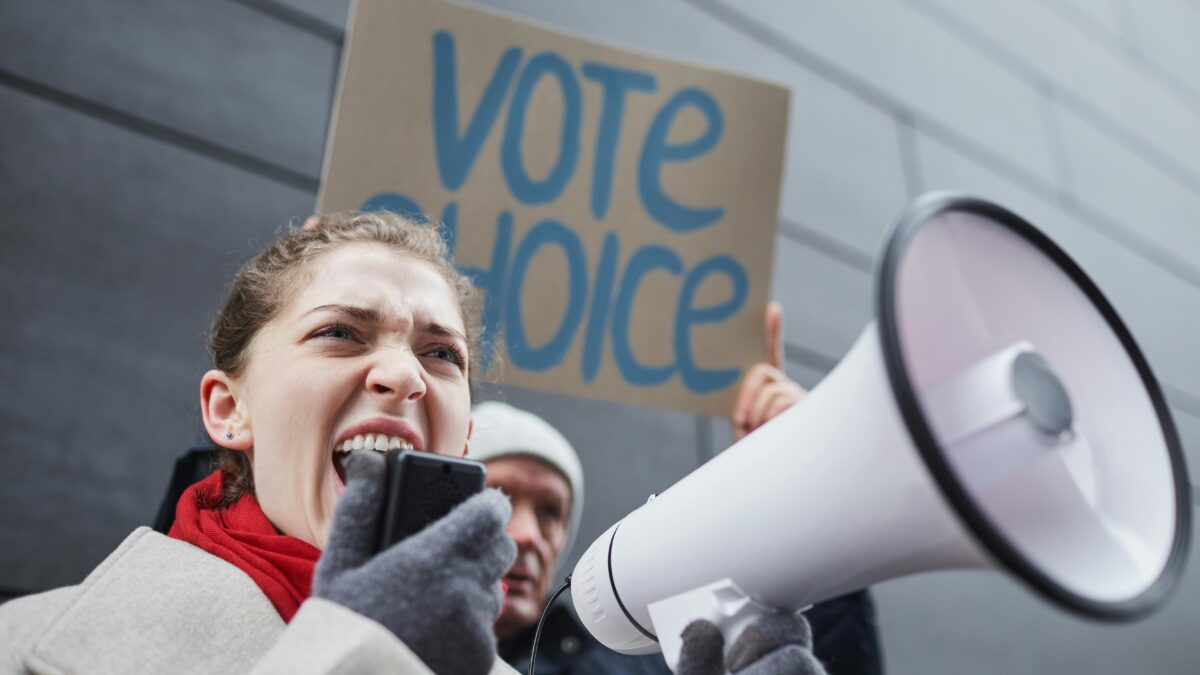A new report from the Wall Street Journal confirms a wave of violent crime has swept major cities across the country, and is linked to closed churches, closed schools, and pilloried police departments.
The investigation, which was released Sunday, used crime data from police departments across the 50 largest U.S. cities. It found that nearly all are undergoing a severe rise in homicides. Thirty-six out of 50 of the cities are seeing double-digit increases in killings, for a nationwide toll of nearly 4,000 additional lives lost. The victims are disproportionately black and Latino.
The three largest cities, Democrat-run New York, Los Angeles, and Chicago saw rises of 24 percent, 14 percent, and more than 52 percent, respectively.
The findings are particularly striking considering killings were decreasing across major cities in April and May, suggesting the big increases are concentrated in the last two months. If the surge continues, then, the rate of growth for the year will end up being much higher across the board.
The Church, The Police, and The Schools
While the report is limited to the country’s largest cities, its authors’ work with mayors, community leaders, law enforcement, and field experts indicates a decay of the social safety net due to coronavirus shutdowns is at the root of the problem.
“Homicides, on the other hand, are up because violent criminals have been emboldened by the sidelining of police, courts, schools, churches and an array of other social institutions by the reckoning with police and the pandemic,” the report notes.
The first link, of law enforcement difficulties stemming from the ongoing anti-police protests, is backed up by prior independent work from The Federalist. The cities undergoing the worst of the violence are those where public leaders pilloried and even defunded their own law enforcement.
Greater law enforcement presence is widely recognized to discourage crime, leading to far fewer shootings and homicides. With law enforcement stretched to the breaking point due to slashed budgets, increased willingness to attack officers making arrests, and an unsurprising surge in police retirements, a rise in criminal homicides is a predictable result.
The new report suggests an additional, deeper cause of this drastic increase in murders.
“Everything that society does that might shape public safety was turned upside-down during the pandemic,” Professor Jens Ludwig of the University of Chicago said to the Wall Street Journal.
Despite being labeled “nonessential” for months, tight-knit social organizations — namely, religious congregations — serve a critical role as guardians for society’s most at risk. In settings where individuals are isolated from stable family life, churches can play a stabilizing role. Their forced closures and strict limitations over the last few months have torn out this source of stability from communities at the same time millions have been forced out of work.
Then come the schools. In addition to churches, education forms a key source of stability for at-risk youth. And like churches, in-person teaching has all but disappeared from their lives. If schools remain closed this fall, it’s fully possible the situation will only grow worse.
As state governments blocked individuals from key protective social institutions, they may well have opened a tinderbox the anti-police movement lit. It would explain why the opening months of the pandemic remained relatively free of violence, only to explode with a trigger.
As the surge in shootings and killings keeps trending upwards, much more research must be done before any absolute conclusions can be made. Identifying the role churches and schools play in preventing the level of violence we’re seeing needs to be a top priority for researchers for long-term answers.
In the meanwhile, the public can pressure politicians, local and national, to restore the social fabric that has helped prevent situations like this for centuries.









